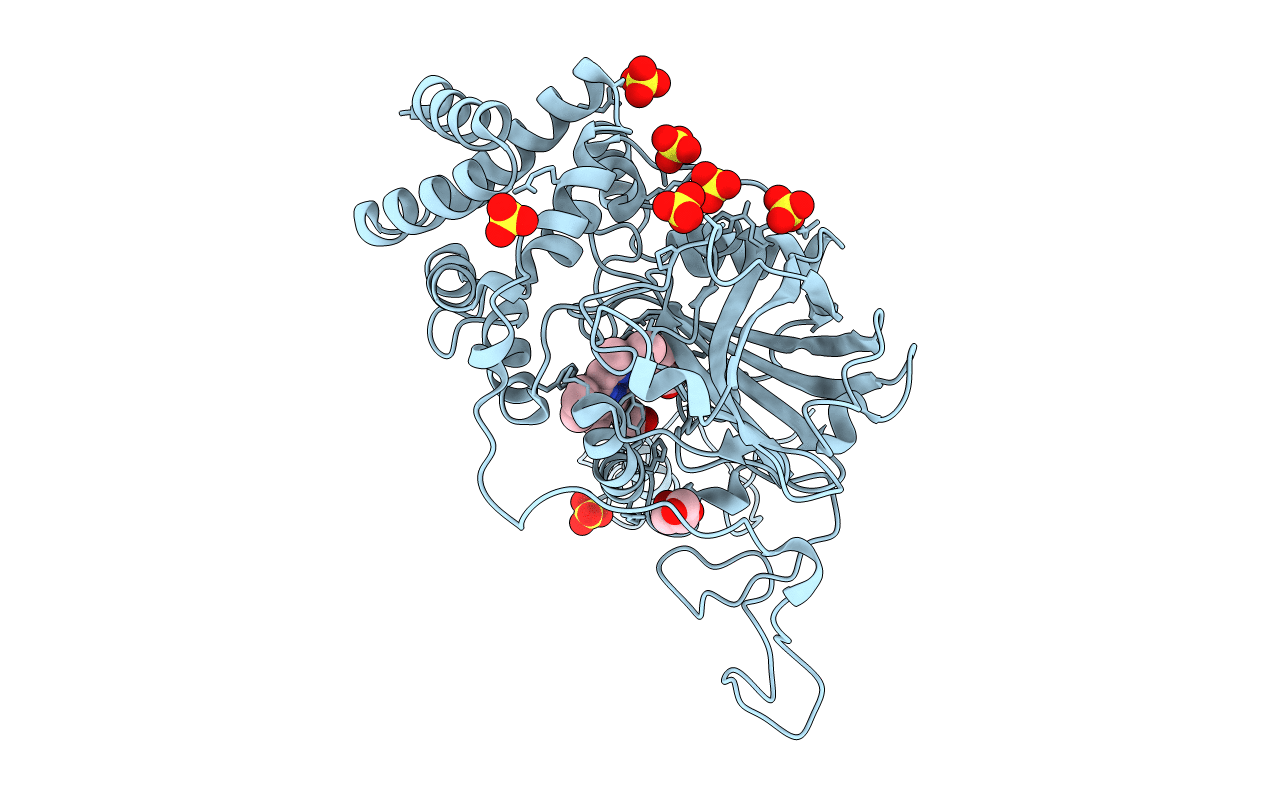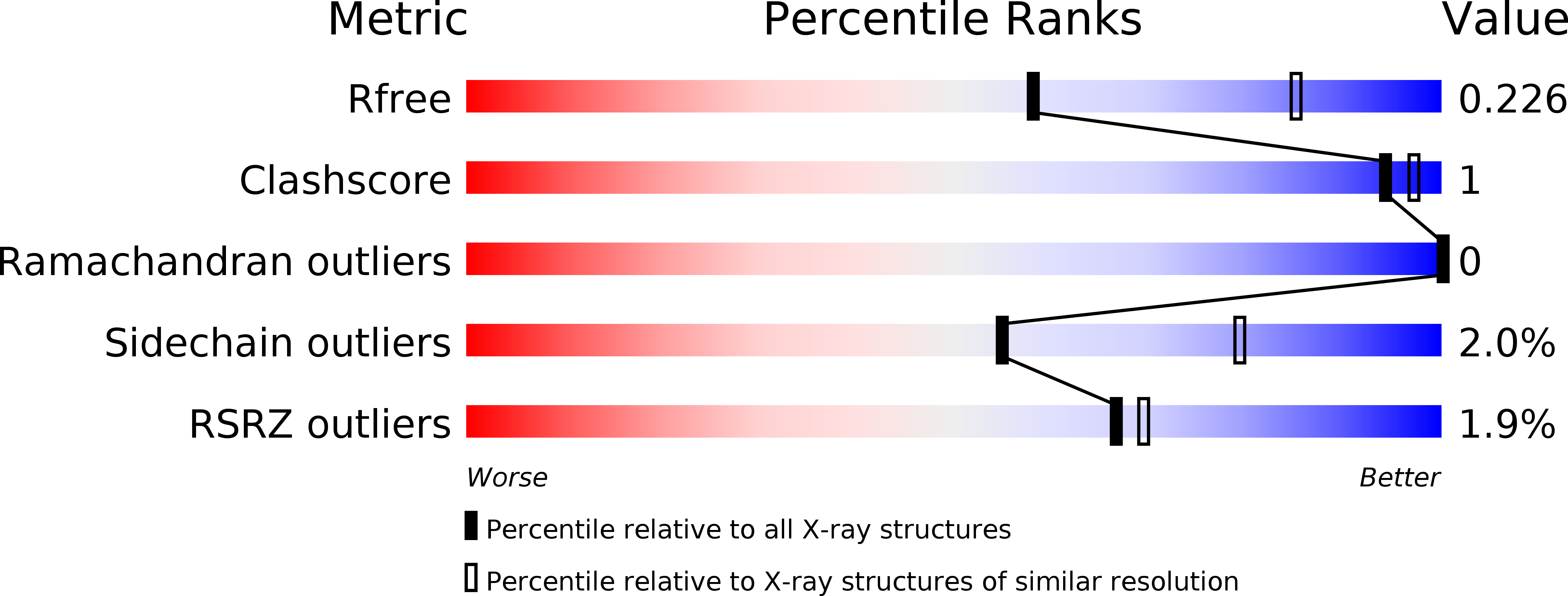
Deposition Date
2002-09-16
Release Date
2002-10-02
Last Version Date
2024-11-20
Method Details:
Experimental Method:
Resolution:
2.50 Å
R-Value Free:
0.23
R-Value Work:
0.19
R-Value Observed:
0.19
Space Group:
P 62 2 2


